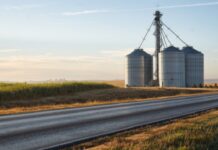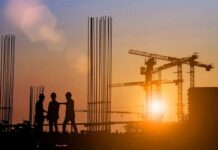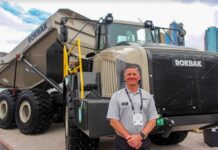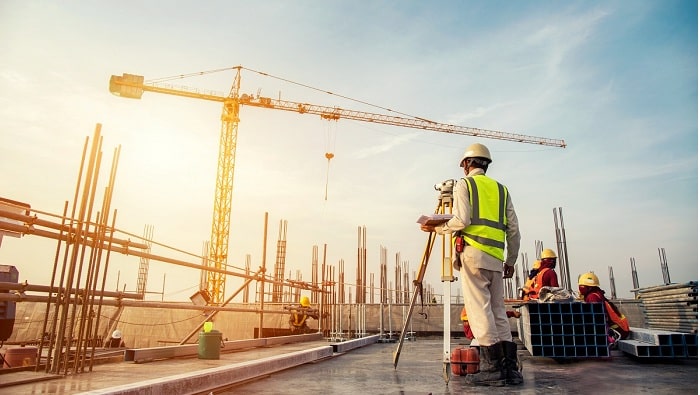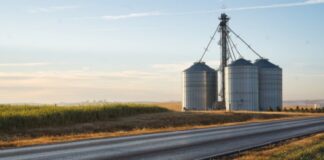From trenches and elevated areas to heavy equipment and fast-moving tools, construction sites are inherently dangerous. While those working on these sites are trained and equipped for mitigating the hazards that are present, those walking or driving by them are not.
This makes it the duty of construction site managers to have safety plans in place that consider the well-being of people who aren’t affiliated with their work. Whether cranes, excavators or other heavy lifting and digging equipment are being used, or major surfaces are being altered, the safety of the public must always be a top concern.
How People Can Be Harmed When Walking or Driving by Construction Sites
There are countless injuries that people can sustain by walking by or inadvertently walking through construction sites. These locations are frequently visited by large delivery trucks with drivers who aren’t always able to see pedestrians, small-sized passenger vehicles, or other ground-level obstructions. As such, even contractors who are merely passing through to drop materials or equipment off can cause devastating accidents.
Construction sites are also home to a lot of heavy equipment. Massive cranes that are moving large objects vertically can drop their loads, tip, or suffer other malfunctions that lead to disaster. When large lifting and digging equipment isn’t properly staged on level, stable land, there is always the risk of them becoming off-balanced.
Moreover, if these resources are not operated by seasoned and properly trained professionals, their mass is so large that even small mistakes can impact both the construction site itself, and people and property located nearby. Some of the most common hazards in these locations include:
- Tools, equipment, and materials that fall or get dropped outside of the construction zone
- The potential for falling into trenches or having ground sinkage occur
- Being hit by large delivery vehicles, equipment, or standard work trucks
- The release of particulates or chemicals that should not be breathed in
Airborne pollutants are a construction site danger that’s commonly overlooked by the public. While signage may be present alerting people of trenches, heavy equipment, delivery vehicles, and other onsite activities, projects that release hazardous materials into the air may be impossible for outsiders to identify. This is a particular concern when outdated, asbestos-containing structures are being demolished or modified. It is also an issue when project managers do not have good dust-control measures in place.
Strategies for Ensuring Public Safety
The first and most effective step in ensuring public safety during construction is setting boundaries. Construction site access should always be strictly limited to those who are trained and approved to be in the work area.
This is accomplished by setting up secure perimeter fencing. Signage declaring spaces as “hard-hat only zones” and that clearly state the hazards of entering are essential. These can tell people that they are at risk of coming in contact with:
- Falling objects
- Fast-moving equipment
- Loud noises
- Airborne contaminants
- Uneven surfaces
- Trenches or sinkholes
- Changes in elevations
- Unstable structures
Safety signage should be sufficiently large and brightly colored. However, it is by no means an effective standalone strategy for ensuring public safety. All contractors must be given guidelines for preventing accidents that involve citizens. These include:
- Making deliveries only in clearly labeled, contained, and managed loading zones, and only at specific, low-traffic times
- Only using heavy equipment on stable, secure surfaces to prevent tipping
- Never exceeding the load-bearing limits of cranes or other vertical lifting equipment
- Not using vertical lifting equipment in times of high wind
- Using tool and personal fall prevention systems in place
However, with such a vast range of activities going on, and the ever-changing risks associated with constantly evolving work sites, it is not always possible to prevent accidents and injuries.
What To Do if You’ve Been Harmed on a Construction Site
A construction site injury should be immediately evaluated by a medical professional regardless of how minor this injury may seem. This is the best way to document these events and to accurately determine how extensive the resulting damages are. It is the responsibility of project managers and company owners to prevent public harm. Thus, those injured via activities occurring within a construction zone have the right to seek compensation.
It is also a good idea to connect with a reputable attorney, and to seek follow-up care from a chiropractor, physical therapist, or any other practitioner who may be able to assist in your recovery. It’s important to note that while a slip-and-fall event or even a minor impact injury might not cause immediate pain, latent discomfort and other problems could still occur in the future. In fact, problems like back pain, neck pain, and joint dysfunction often take one or more days to manifest.
Construction is essential for providing the buildings, bridges, and other infrastructure that people rely on and enjoy. However, when job sites are poorly managed and improperly staged, these locations can cause serious harm to both those working on them and those nearby. Implementing the right mitigation strategies is always essential for ensuring that private citizens aren’t injured.



